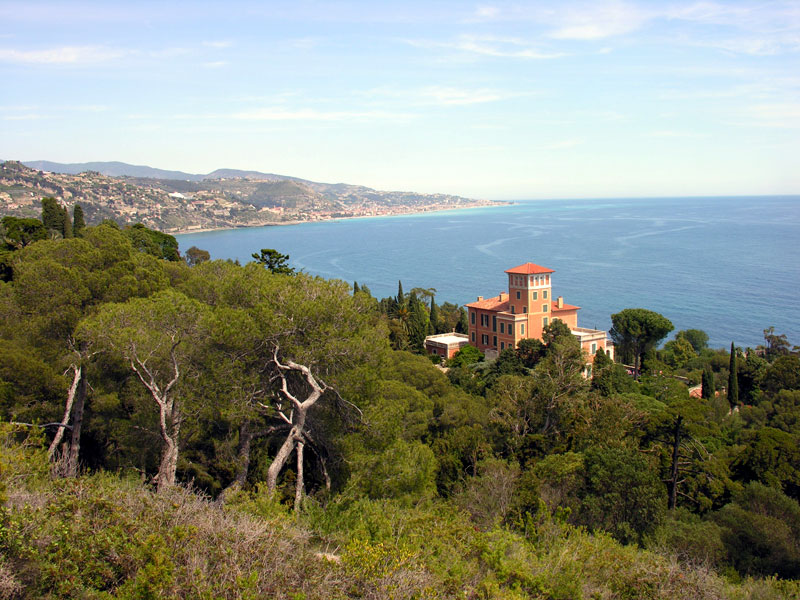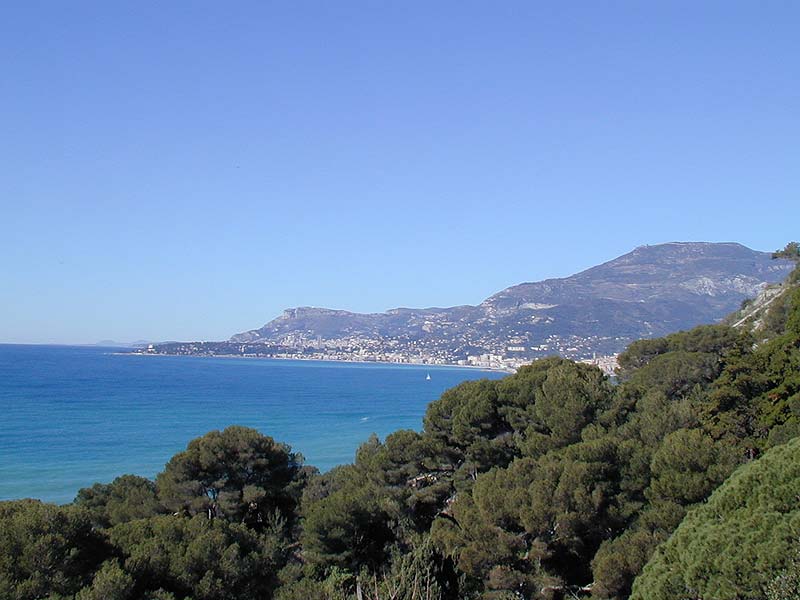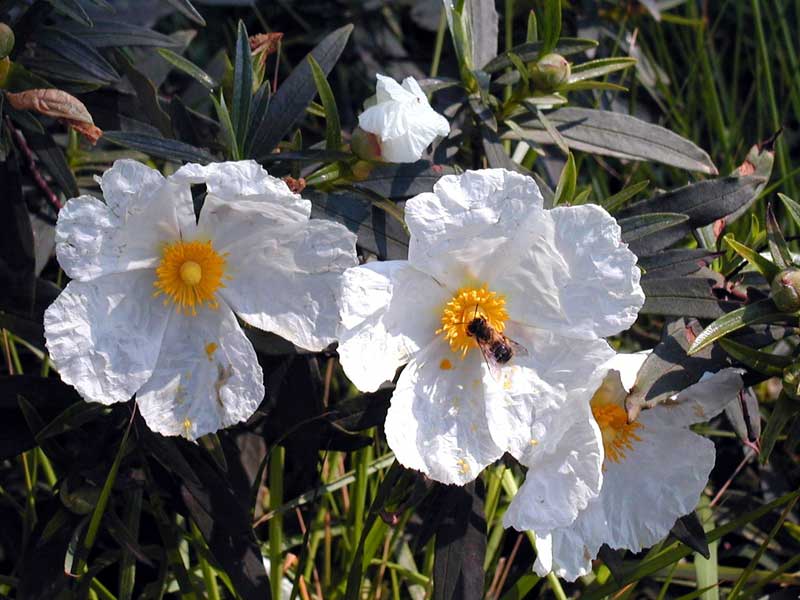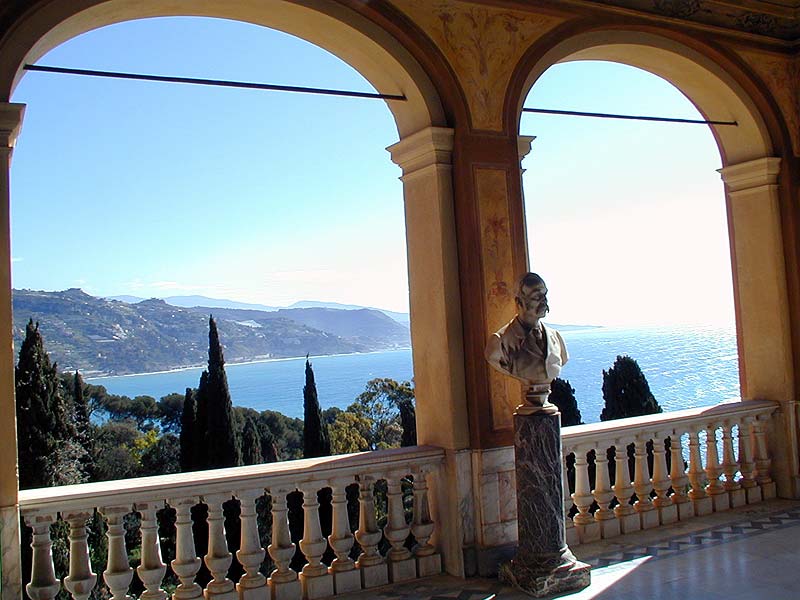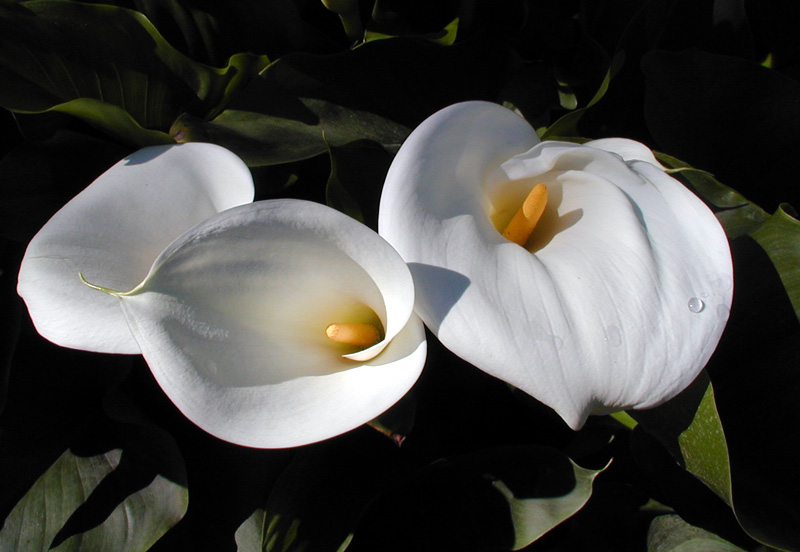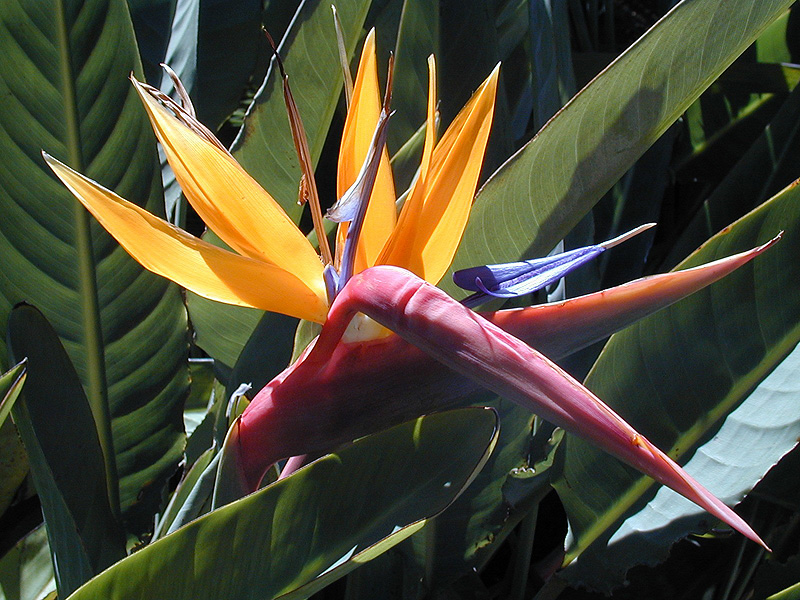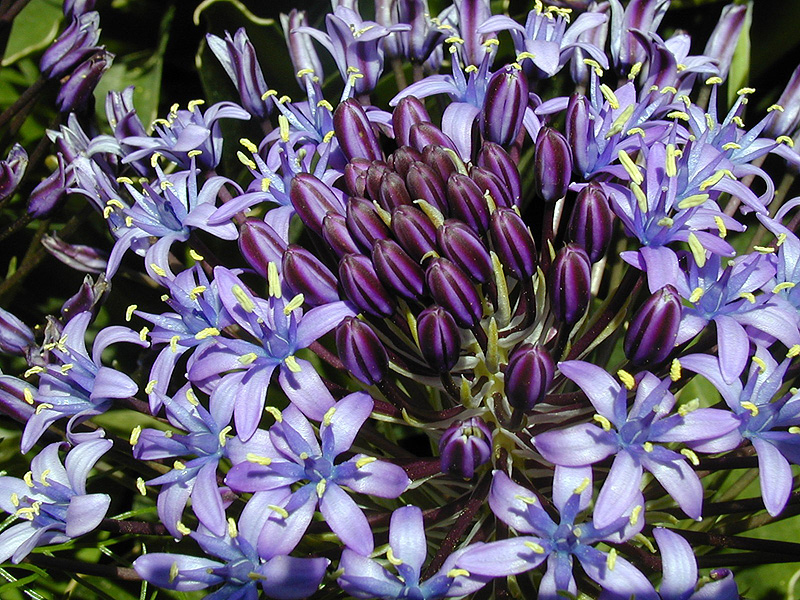Area protetta regionale Giardini Botanici Hanbury
www.giardinihanbury.comProtected Area
Identity Card
- Giardini Botanici Hanbury Botanic Garden:
- Land Surface Area: 19.00 ha
- Regions: Liguria
- Provinces: Imperia
- Municipalities: Ventimiglia
- Establishment Measures: L.R. 31 27/03/2000
- PA Official List: EUAP1076
- Park Authority: Università degli Studi di Genova
- Further managed Protected Areas:
- ZSC Fondali Capo Mortola - San Gaetano
- ZSC Capo Mortola
Natural Environment and History
The complex of Hanbury Botanic Gardens extends itself on the promontory of Capo Mortola, on a surface of about 18 hectares, which is half cultivated as a garden with subtropical and succulent plants, and plants coming from the different regions with a Mediterranean climate (Mediterranean basin, California, Chile, South Africa, Australia), and half covered by spontaneous vegetation. The promontory boasts of an exceptionally mild climate, with minimum temperatures which seldom reach in winter 0°C.
The Gardens were founded in 1867 by Thomas Hanbury with the project to create an acclimatization garden with exotic plants, gathered according to systematic, phytogeographic, ecological, and aesthetic criteria. With the law 1089 of the year 1939 they have been transformed into historical-artistic environmental heritage. In 1960 the Italian State has acquired the property. Since 1987 their management has been entrusted to the University of Genova (which created in 2002 a University Service Center) and since 2000 they represent a Regional Protected Area.
Capo Mortola, where the botanic gardens are situated, is characterized by one of the most interesting marine environments of Eastern Liguria, with a large and rather well-preserved Posidonia oceanica bed: this area needs protection, since it is a priority habitat of the European Union.
Collections
In the Garden there are the Australian Forest, rich in eucalypti, Callistemon, Melaleuca, Acacia tree; the areas of the succulent plants, the Garden of the Fragrances, the Giardinetti, with ancient varieties of roses and peonies, the Exotic Orchard, the Citrus Groves, with ancient varieties of citrus fruits.
The main collections cultivated at the moment in the Gardens include the genera: Acacia, Agave, Aloe, Brugmansia, Cistus, Citrus, Eucalyptus, Passion flower, Rosa, Salvia; the families: Bignoniaceae, Myrtaceae.
Cataloging
The surveys and the researches of the
historical data led in 1996 to the publication of the fifth catalog "Enumeratio Plantarum in Horto Mortolensi cultarum", in which more than
3000 entities present within the Complex are listed, with indication of
the area of origin, of the most known synonyms, and with observations
on the biology and on the periods of blooming and fructification.
Every year, according to the seeds which are gathered, the Index Seminum is published and sent to the botanic gardens and to the research centers all over the world.
Samples of plants are collected, and they get dried and prepared to
increase the herbarium. A botanic museum houses a small wood collection
of the plants and seeds present in the Garden.
Flowers and Fruit of Hanbury Botanic Gardens Month after Month
January
Acacia tree - hanburyana and other species of Acacia, aloe, roses, species of salvia coming from South America, Brugmansia sanguinea, Chimonanthus praecox, Canarina canariensis, Reinwardtia indica.
Fruits: citrus fruits and avocados.
February
Acacia trees, aloe, almond trees, camellias, roses, Buddleja madagascariensis, Canarina canariensis, Pandorea pandorana, Reinwardtia indica, Solandra maxima, narcissi, hyacinths.
March
Citrus fruits, aloe, camellias, peonies, spiraeas, roses, species of salvia, Buddleja madagascariensis, Ceanothus, Chasmanthe bicolor, Kaffir lilies, narcissi, hyacinths, iris.
April
Cistus, wistaria, pittosporum, 4 varieties of Rosa banksiae and many other roses, Echium, Arctotis, Drosanthemum and other Aizoaceae, Greya sutherlandii, Iochroma, Melaleuca cuticularis, scillas, iris.
May
Bignonia, roses, jasmines, passion flowers, Philadelphus, Deutzia, Brugmansia, Iochroma, Beaumontia grandiflora, Callistemon, Chiranthodendron pentadactylon, Doryanthes palmeri, strelitzias.
June
Jacaranda and other bignonias, jasmines, passion flowers, species of salvia, Albizia julibrissin, Brugmansia, Iochroma, Schotia brachypetala, Chiranthodendron pentadactylon, Yucca australis, strelitzias.
July
Cycas, erythrina, bignonias, cacti, Acacia karroo, Brachychiton, Melaleuca, Lagunaria patersonia, Brugmansia, Thunbergia grandiflora, agapanthus.
August
Hibiscus, cacti, Yucca elephantipes, Brugmansia, Thunbergia grandiflora, Stapelia, Amaryllis belladonna.
September
Hibiscus, passion flowers, Encephalarthos, Brugmansia, Thunbergia grandiflora, Haemanthus coccineus, Brunsvigia josephinae.
Fruits of Eugenia and Casimiroa.
October
Hibiscus, passion flowers, podranea, Elaeagnus, Brugmansia, Haemanthus.
Fruits: strawberry tree berries, Crataegus, pomegranate.
November
Dombeya, Hakea laurina, Osmanthus, Oxalis purpurata, Haemanthus albiflos.
Fruits: strawberry tree berries, feijoa, and Crataegus.
December
Salvia leucantha, Salvia sessei and other species of salvia, Osmanthus, Chimonanthus praecox, Dombeya, Hakea laurina, Thunbergia coccinea, Oxalis purpurata.
Fruits: citrus fruits, avocados, and Crataegus.



